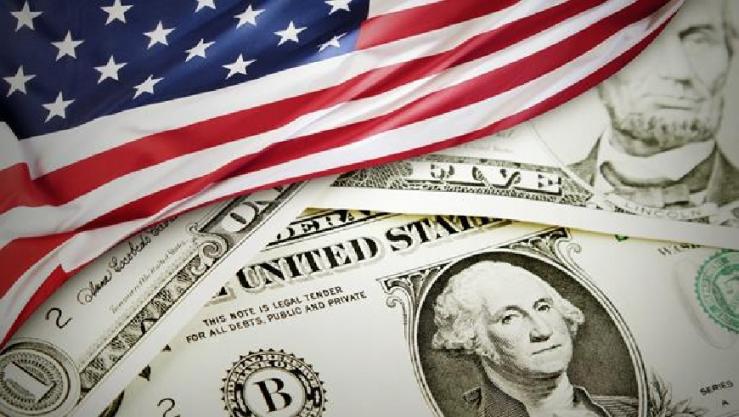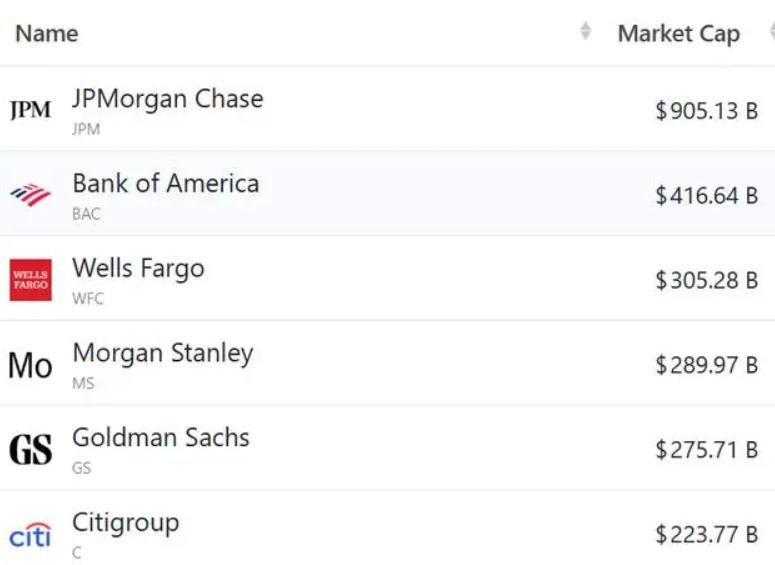
During the Global Financial Crisis (2008), many misunderstood the direction of capital flows, particularly regarding whether foreign funds were flowing into the U.S. market. Most experts believed that the reason the dollar rose during the crisis was due to foreign capital flowing into the U.S., as the dollar was seen as a “safe haven” asset. In other words, when financial markets became turbulent, investors would flock to dollar-denominated assets. However, the reality was different. In fact, during the crisis, foreign capital was flowing out of the U.S. market, not in.
Foreign Capital Flows Out of the U.S.
The epicenter of the 2008 financial crisis was the United States, particularly its mortgage market, which collapsed on a massive scale, affecting the global economy. While the dollar rose during the crisis, this did not mean that foreign capital poured into the U.S. Instead, foreign funds were withdrawn from the U.S. banking system, particularly from European investors. Data shows that before 2007, foreign investment in the U.S. had reached a peak, but by 2008, this capital inflow reversed.
For example, foreign investment in the U.S. bond market saw a significant drop in 2008. While some central banks continued to buy U.S. Treasury bonds as a safe asset, private investors were withdrawing, especially those who had invested in U.S. corporate bonds and asset-backed securities (such as mortgage-backed securities). More importantly, during the crisis, foreign confidence in the U.S. banking system declined, leading to capital outflows from the U.S.
Why Did the Dollar Rise?
So, why did the dollar rise during the crisis? The reason was not because investors were flooding into the U.S., but because of a fundamental reversal in capital flows. As foreign capital left the U.S., capital from within the U.S. returned domestically. This phenomenon manifested in two key ways:Withdrawal of U.S. Money Market Funds: Before the crisis, many U.S. money market funds had lent funds to European banks and other financial institutions. As the financial crisis intensified, these funds rushed to retrieve their capital.Unwinding of Arbitrage Trades: Before the crisis, the dollar was a key funding currency for many arbitrage trades. These traders had bet that the dollar would continue to depreciate relative to emerging market currencies. However, as the markets became unstable, these arbitrage positions were unwound, and capital flowed back to the U.S.
Therefore, the rise of the dollar was primarily due to the unwinding of these arbitrage trades, not because of an increase in demand for the dollar. A similar situation occurred with the Japanese yen. The yen rose during the crisis, not because of increased demand for it, but because the unwinding of arbitrage trades led to a reduction in yen supply.
Past Financial Models May No Longer Apply
Many current financial models assume that, during global financial turmoil, the dollar will rise as it did in the past, serving as a safe-haven asset. The logic behind this assumption is that the dollar tends to rise during market sell-offs, as it historically has during crises. As a result, many investors hold dollar-denominated assets, believing that the dollar will offset risks in other markets.
However, this assumption may no longer be valid. The reason the dollar rose in 2008 was due to the unwinding of arbitrage trades, not because of the dollar’s status as the world’s reserve currency. In future market turmoil, the dollar may not exhibit the same negative correlation with other financial markets as it has in the past. Therefore, assuming that the dollar will automatically rise during financial instability could lead investors to make misguided decisions.
The “Exceptionality” of the U.S. Capital Market
An important characteristic of the U.S. capital market is that it is the “recipient” of most arbitrage trades. These trades are essentially based on expectations of excess returns from U.S. assets, rather than being driven by a desire for “safe haven” investments. As was the case in 2008, while investors fled the U.S. and European banking systems, they did not pour funds into the U.S. stock market or other higher-risk financial assets. Instead, they shifted their capital into safe assets like U.S. Treasury bonds.
U.S. capital markets, particularly the Treasury bond market, are typically seen as a “safe haven” because they are less affected by financial crises. However, the capital flows during the 2008 crisis were more about moving funds into U.S. Treasury bonds rather than U.S. equities or corporate bonds.
Conclusion
In summary, the 2008 financial crisis exposed a misunderstanding: despite the dollar rising during the crisis, capital did not flow into the U.S. market. Instead, global capital flows reversed. As foreign capital left the U.S. banking system, domestic U.S. capital flowed back from global markets. This reversal caused the dollar’s rise, not a surge in demand for the dollar as a safe-haven asset. Therefore, current financial models that assume the dollar will automatically rise during future financial instability may face risks, as this correlation may no longer hold.
Investors and policymakers need to recognize that the rise of the dollar during financial crises is not entirely due to its status as a reserve currency but rather due to the influence of arbitrage trading. Consequently, when making predictions based on historical experience, the assumption that the dollar will act as a safe haven should be viewed with caution, especially given the increasing complexity of global capital flows and arbitrage trading.

Driven by the Trump administration's push to relax financial regulations and the recovery of investment banking business, the market value of the six major banks in the United States has cumulatively increased by approximately 600 billion US dollars by 2025.
Driven by the Trump administration's push to relax financia…
On Christmas evening, U.S. President Trump posted on social…
According to multiple foreign media reports, the recent fin…
The middle class, once regarded as the cornerstone of Ameri…
On December 19th local time, the US military launched a lar…
The Boxing Day sunshine should have cast a false glow of pr…